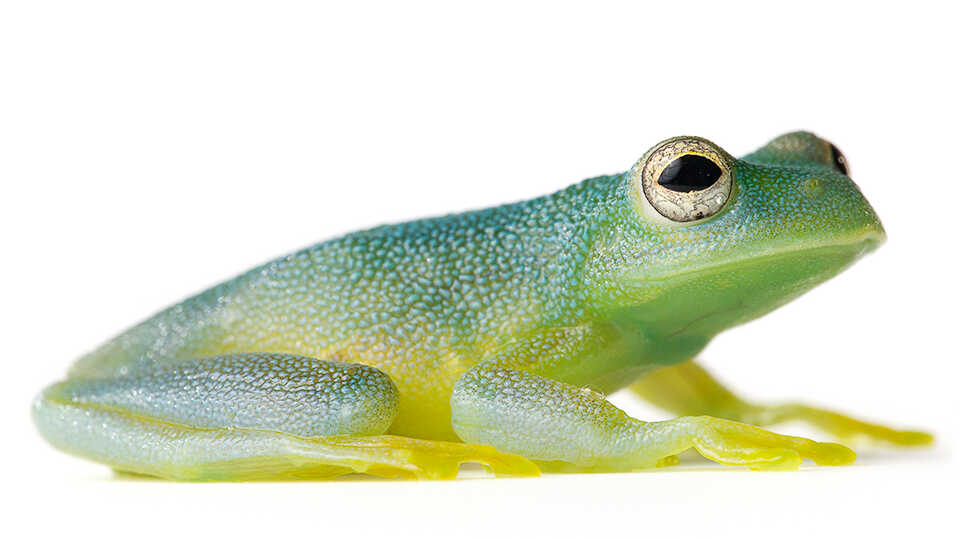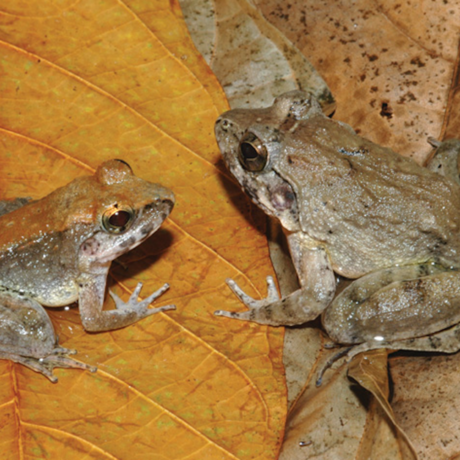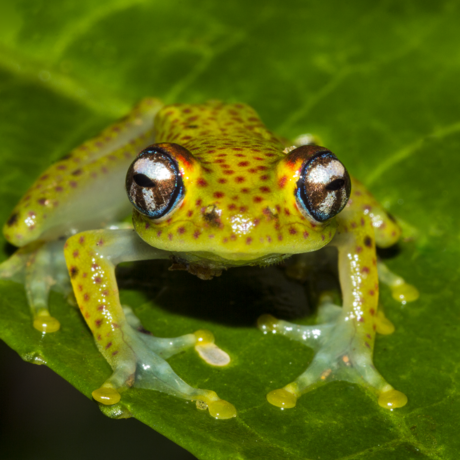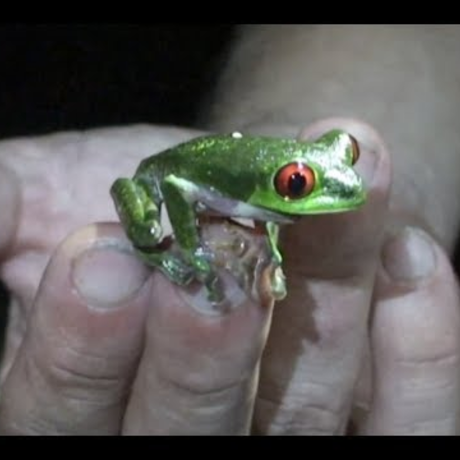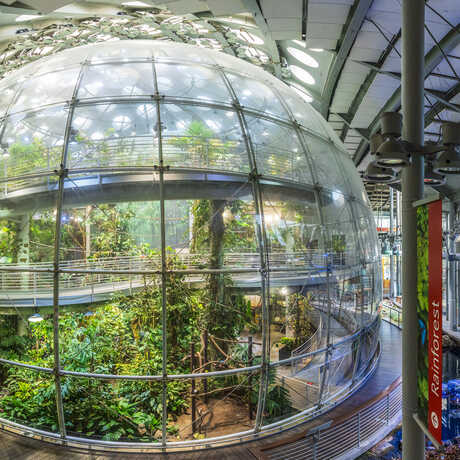Find these green-boned glass frogs on the Costa Rica level of our Rainforests of the World dome.
The grainy Cochran frog dwells in the humid and sticky lowlands of Panama, Nicaragua, Costa Rica, and Honduras. Its population is threatened by habitat loss, deforestation, and pollution, but it's hardy enough to remain in high numbers throughout South America, earning the “least concern” classification from the IUCN for now.
